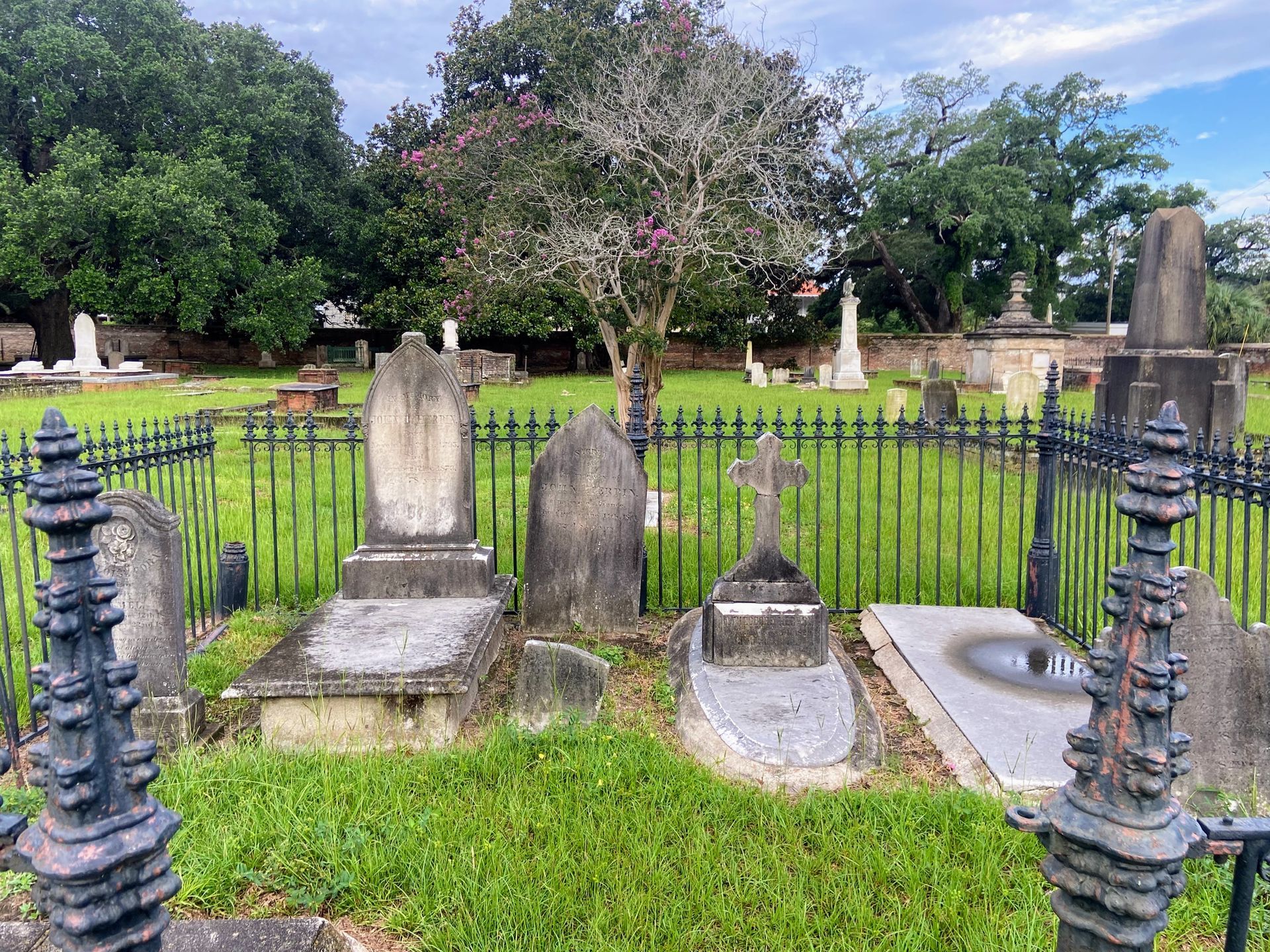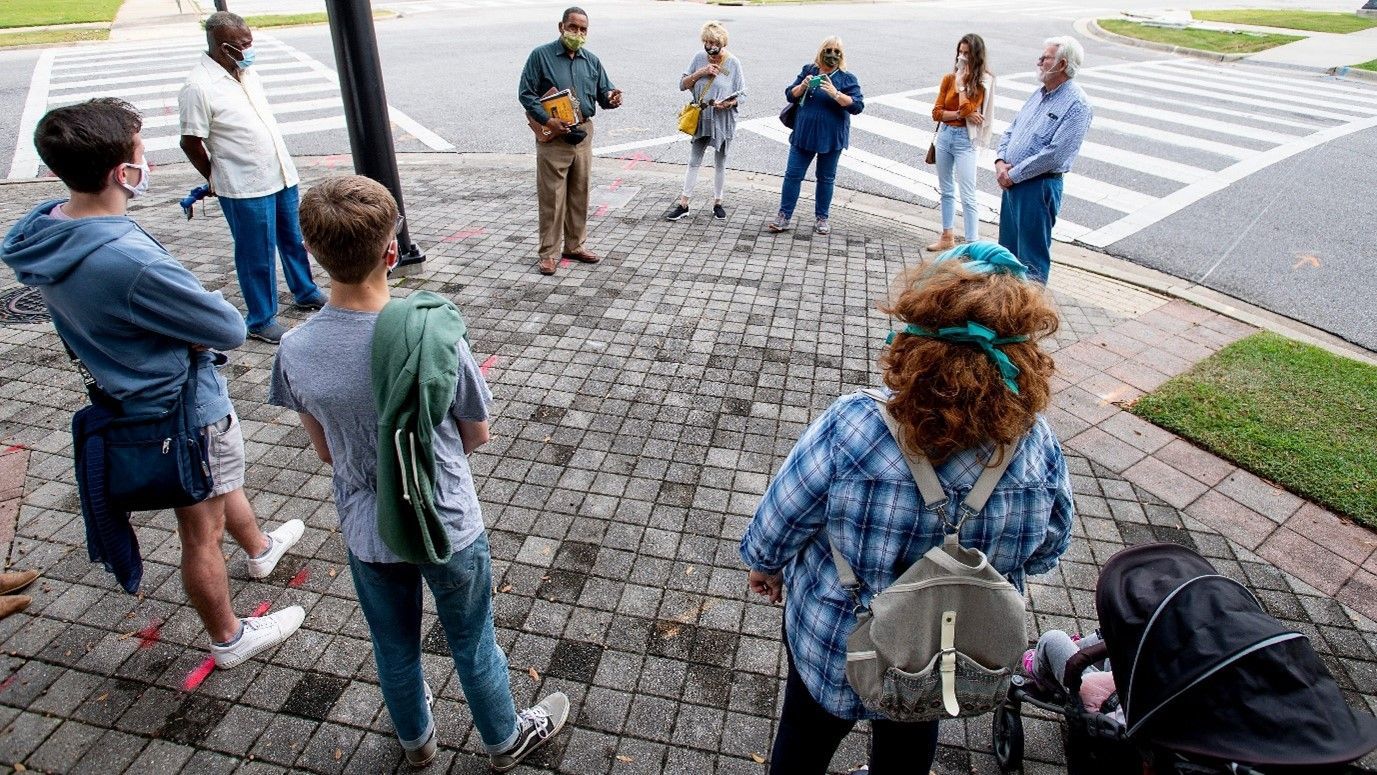Discover Alabama's Rich History With Alabama Historical Tours, Personalized Tours for Every Need
Exploring Alabama's deep historical roots can be overwhelming without the right guide. Alabama Historical Tours, located in Montgomery, AL, is here to make your journey through Alabama's past both engaging and accessible. Whether iconic Civil Rights landmarks or historic cemeteries, we provide comprehensive tours that tell the stories of Alabama's defining moments. Call us today at (334) 224-2346 to reserve your spot and dive into Alabama's history like never before.
Our Services
We offer a variety of tours that highlight Alabama's most significant historical locations:
Civil Rights Tours
Experience Alabama's pivotal role in the Civil Rights Movement by visiting key landmarks.
Oakwood and Lincoln Cemeteries Tours
Walk through Alabama's historic cemeteries and explore the lives of the people who shaped the state.
Historic Sites & Buildings
Visit Alabama's iconic sites, including the Ben Moore Hotel and other storied locations that played a part in the state's history.
Bus Tours
Great for larger groups; discover Alabama's historical gems from the comfort of a guided bus.
Walking Tours
Take a closer look at Alabama's history with an intimate walking tour that captures the spirit of the past.
Why Choose Us?
Exploring Alabama's history is more than just a tour—it's an experience. Here's why Alabama Historical Tours is the best choice:
Locally Owned & Operated
We know Alabama's history because it's our heritage.
Knowledgeable Guide
Our experienced guide make history come alive with captivating stories and in-depth knowledge of Alabama's past.
Flexible Group Options
We accommodate small and large groups, making planning a tour that fits your needs easy.
Exclusive & Customized Experiences
We offer VIP and specialized tours tailored to your interests in Alabama's history.
Hassle-Free Reservations
Simple booking process with straightforward payment guidelines.
Book Your Group Tour of Alabama's Historical Sites
Are you planning a group event, school reunion, or church outing? Alabama Historical Tours has you covered. Our bus tours are perfect for exploring Alabama's landmarks with large groups, available for just $250 per hour per bus. Early reservations are highly recommended!
Testimonials
Dr Richard Bailey prepared extensively for my group's tour, speaking with me at great length beforehand to learn what we wanted to learn. And then he delivered in every way for the tour, engaging my students with stories, questions, and his encyclopedic fact recall. The result was. The result was a custom treatment from start to finish. As an educator, it was an experience l’Il never forget.
James Cromer
Richard Bailey was incredibly knowledgeable on the history of the Ben Moore Hotel and the wider history of the Black community within Montogomery, the civil rights act, its leaders and African American struggles at the time. He was a pleasure to work with and brought a professional and very pleasant attitude to the shoot.
His contribution will be a real asset in the forthcoming
Discovery Channel series that will feature the Ben
Moore
Hotel.
Rory Kaufhold
Had the pleasure of spending the day with Dr.
Richard Bailey in Montgomery. He had been recommended to me by several friends who are fine historians themselves. Dr. Bailey did not disappoint!
We were able to see things we could never have found on our own. His presentations were factual, academically correct, and fascinating. What an amazing resource he is. Thank you again for everything!
Peggy Galis
Thanks for an incredible tour! Your knowledge is amazing, but your insight into the events is ever more meaningful
Tom Webb
Dr. Bailey shed light on facts about Mrs. Rosa Parks and the Montgomery Bus Boycott by providing invaluable insights into this critical chapter of American history. Dr. Bailey gave a detailed overview based on his extensive research and expertise. His information was a powerful reminder of the ongoing struggle for justice and equality and a call to action for all of us to continue working towards a better future
Felecia Martin











